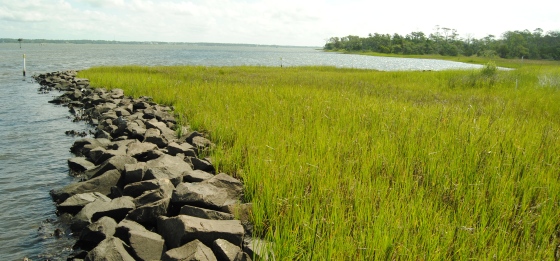Chapter 2 from our report summarizing the lessons we learned on the Great American Adaptation Road Trip. We partnered with the Georgetown University Climate Center to get this to you. Chapter 3 coming soon.
Take-home lesson #2: Minimizing vulnerability to climate risks means both iterative, long-term planning and emergency management, depending on the likelihood and intensity of the impact.
Some climate change impacts are gradual and will affect areas we can pinpoint with moderate certainty—sea-level rise, for instance, is generally projected over long time horizons and vulnerable places along the coast are usually identifiable. Other impacts are sudden, extreme, and often unexpected—hurricane intensity, for example, is expected to increase, and we know those storms will occur somewhere at some time, but exactly where and when is incredibly challenging to forecast beyond a few days. When doing an adaptation project in a particular place, the risk—both the likelihood and the intensity of the climate impact—affects the perceived urgency of efforts to prepare, the scope of the options available, and the potential to be successful.


